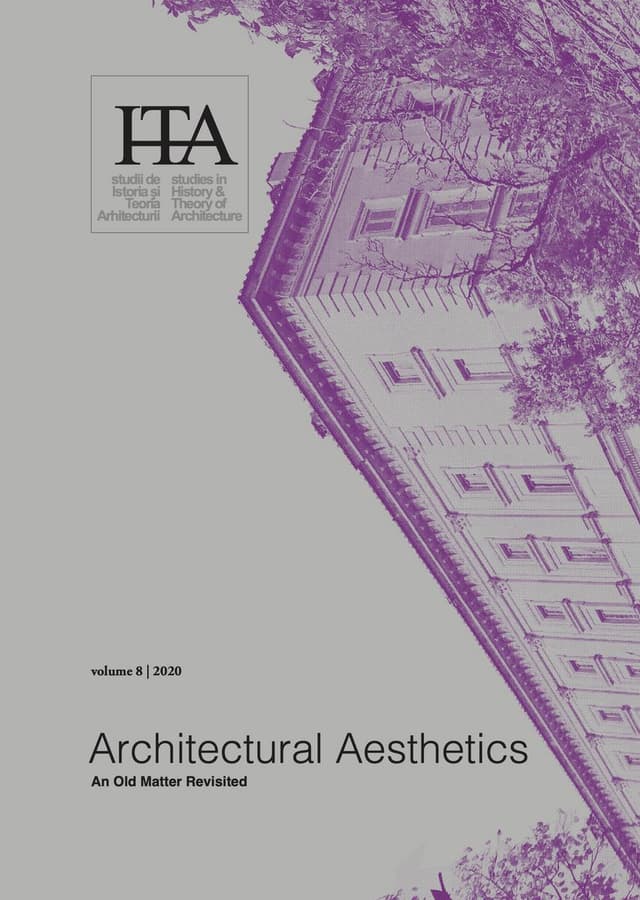The Aesthetic Resistance of Iranian Architects and Artists During the Late Pahlavi Era
by
Niloofar Amini
Keywords
Queen Farah Pahlavi
The Labor Division
The Tehran Contemporary Art Museum
The Saqqakhaneh Art School
Iranian Modernisms
In Iran, the urban transformation was mostly related to politically motivated uprisings. Not only analyzing the reasons that lead to an uprising but also having a closer look at places where demonstrations occur is prominent. In the case of Iran, as Asef Bayat noted, demonstrations have been mainly urban movements. Massive uprisings of people have been mostly held in downtown Tehran.
Although spatial and social transformation had been mostly controlled by the top-down modernization of the Pahlavi regime, local modernists’ confrontation with the past, made the ordered transformation archaic. Their architectural opposition took shape by modernizing Persian archetypes like a courtyard and the Persian garden. Through applying semi-public character of these voids to their commissions, architects offered the city an opportunity for social and political expressions. Their projects represent the modern urban theatre of contention par excellence.
These architects believed that the ethical responsibility of architecture does not conflict with its aesthetic value, and politics was aesthetically negotiated in their commissions. They also challenged postmodern architecture to a new vision of Critical Regionalism. This article will look at the aesthetic value of projects that linked the everyday life of citizens to the decentralized political spaces.
Published in

Chicago citation style
DOI:
10.54508/sITA.8.15